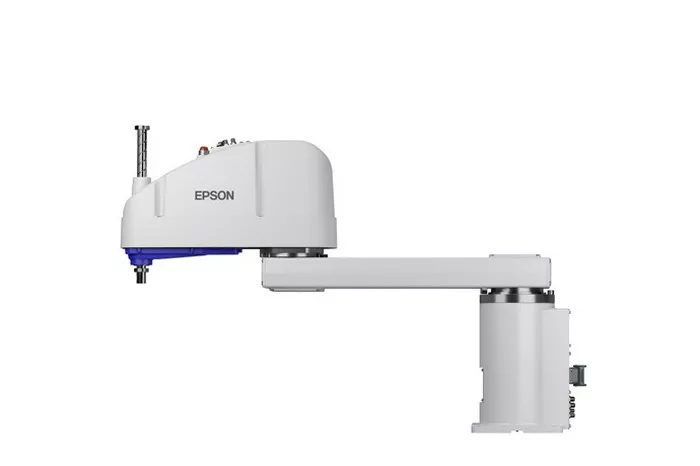Seiko Epson Corporation has announced plans to launch its first collaborative robot solution in 2025, expanding its automation portfolio beyond traditional industrial use and into sectors such as logistics, life sciences, and pharmaceuticals. Initial sales will begin in Japan and Europe, with a phased global rollout to follow.
The upcoming robot marks a significant milestone for Epson, which has over four decades of experience in industrial robotics. The company aims to address shifting industry demands, including labor shortages in manufacturing and rising precision requirements in research and laboratory environments.
“By developing this collaborative robot, we are accelerating our ability to provide task-specific automation solutions across an increasingly diverse set of industries,” the company stated.
Addressing Modern Industry Needs
The manufacturing industry is grappling with a shortage of skilled workers, while sectors such as life sciences and pharmaceuticals face increasing demand for clean, precise, and reproducible operations. Epson’s new robot is designed to meet these evolving challenges with features that enable safe and delicate handling in controlled environments.
The collaborative robot is engineered to improve productivity while maintaining rigorous hygiene standards, making it ideal for use in labs, cleanrooms, and on production lines.
Key Features of Epson’s Collaborative Robot
Lightweight, Space-Saving Robot Arm
With a 6kg payload capacity and a 900mm arm reach, Epson’s robot features a compact, 17kg design. This lightweight construction enables easy relocation and reconfiguration, making it especially suitable for laboratories and space-constrained facilities. The design also ensures seamless integration into existing production lines.
Mobile-Friendly Controller
To support greater flexibility, the robot includes a compact controller that measures W440 x D205 x H135 mm and weighs less than 6kg. Its size makes it well-suited for mounting on automated guided vehicles (AGVs) and autonomous mobile robots (AMRs), offering dynamic deployment options for mobile and fixed operations alike.
Versatile Power Compatibility
The robot supports a wide range of power sources—from 100 to 230 VAC and 48VDC—allowing for smooth installation across various industrial environments.
Cleanroom Compliance
Designed for highly controlled environments, the robot complies with ISO 14644-1 Class 5 cleanroom standards and has an IP54 rating for protection against dust and splashes. A smooth, screw-less chassis helps minimize particle accumulation, reducing contamination risks during sensitive processes.
Python Programming Support
In a move to streamline integration, Epson’s collaborative robot supports Python, a widely used programming language in research and development. This feature eliminates the need to learn proprietary coding, enabling fast deployment and easier customization for system integrators and end users.
A Strategic Leap in Robotics
Epson’s latest innovation aligns with the company’s broader strategy to expand its footprint in automation and provide high-precision solutions to meet next-generation industry needs. As industries increasingly adopt automation to offset labor shortages and improve accuracy, Epson’s entrance into the collaborative robotics space signals its commitment to driving innovation in intelligent, adaptable systems.
The robot is expected to play a pivotal role in enhancing operational efficiency, particularly in applications requiring strict hygiene and handling standards, such as pharmaceuticals and laboratory research.
Related topics:

